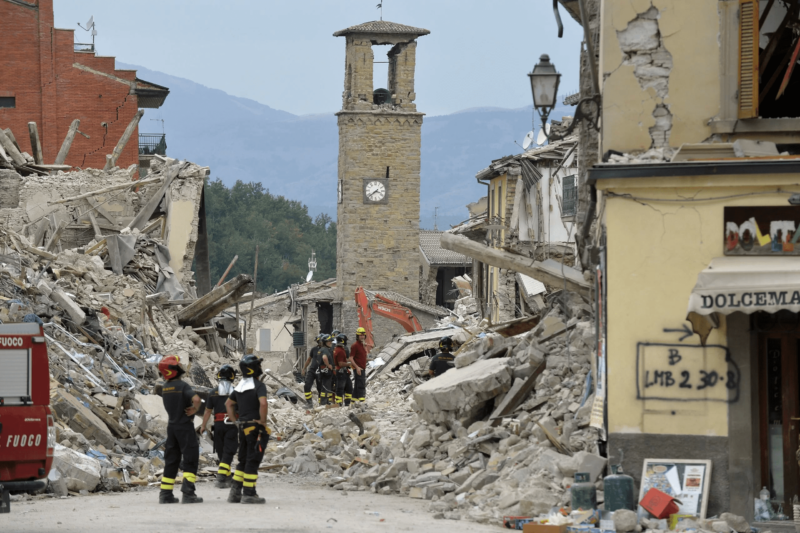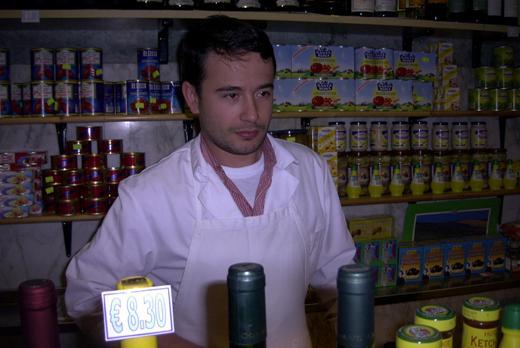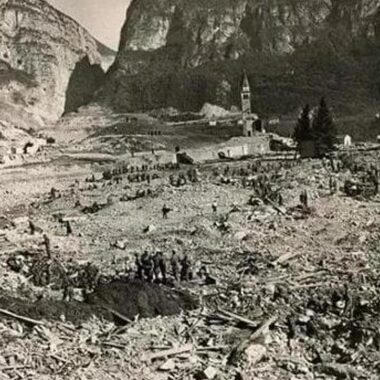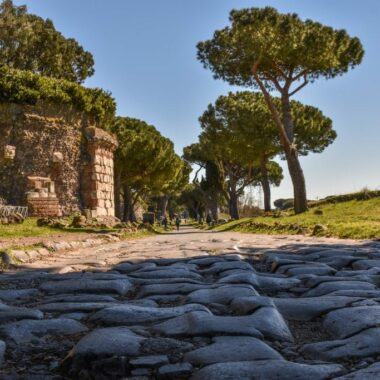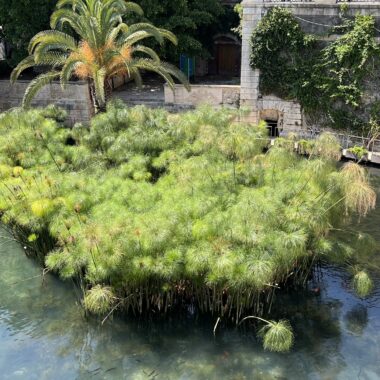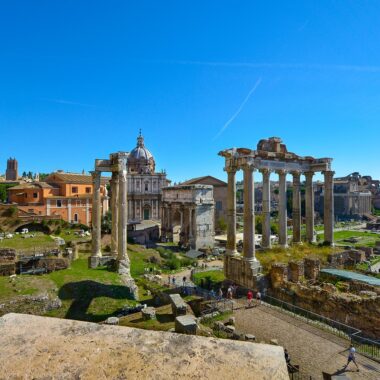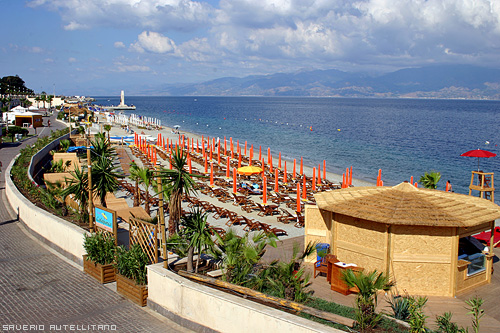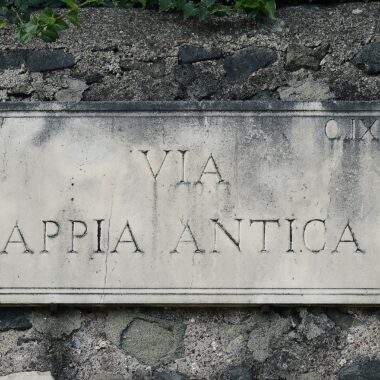It’s been seven years since the earth trembled. We’re talking about one of the darkest and saddest days in central Italy’s history. Years pass, yet the memory remains—It’s still all sadly incised in my memory. A large portion of our country has been infamously wrecked and razed to the ground as a result of a long series of earthquakes, notably the Amatrice earthquake. Let’s go back in time to recollect what happened and assess the current state of the work in progress.
The reenactment of events
A roar reverberated over central Italy, with impacts and shocks of response felt from Naples to Trento. The time was 3.36 a.m. on August 24, 2016, when the ground began to quake.
The first tremor occurred between Arquata del Tronto (Lazio) and Accumoli (Marche). A shock with a hypocenter at 4 km, a magnitude of 6, one of the most iconic of the century, and a total length of 15–20 seconds occurred. This location, tragically known for its severe seismic activity, has been practically demolished. The European macroscopic scale found damage to buildings equal to the tenth degree (out of a total of 12 degrees) in the urban areas of Arquata del Tronto and Amatrice (Lazio).
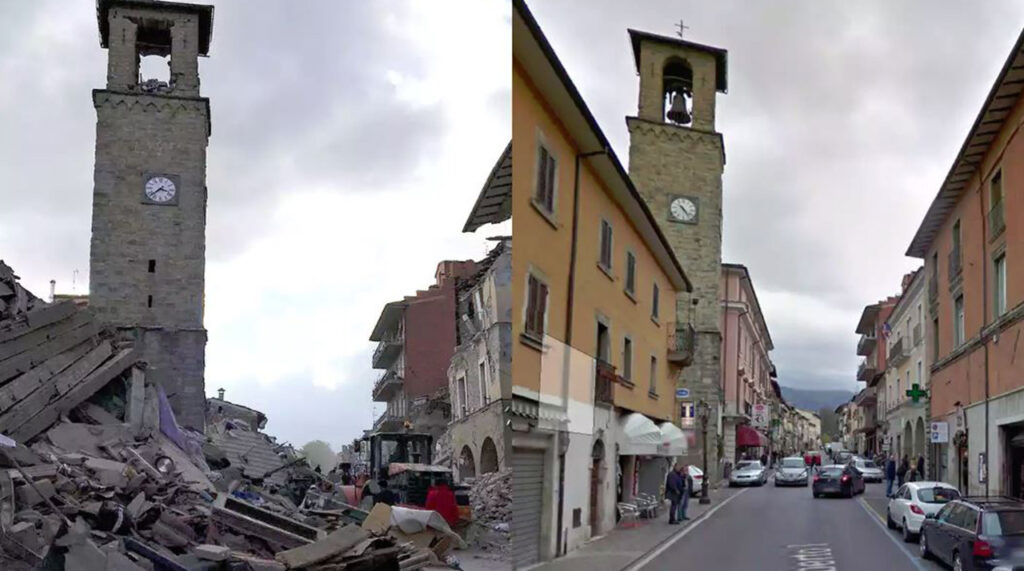
The second shock
The first wave created a seismic wake that impacted Central Italy for months. Only an hour later did the second shock occur. The epicenter shifted inland, with a magnitude of 5.4 and a hypocenter of 8.7 kilometers. Norcia (Umbria) and surrounding countries claim extraordinary devastation (already seriously damaged) at 4.33 a.m. on August 24.
Seismographs recorded over a thousand tremors, the famed aftershocks, in just a few days. The total estimated damage is 28 billion euros.
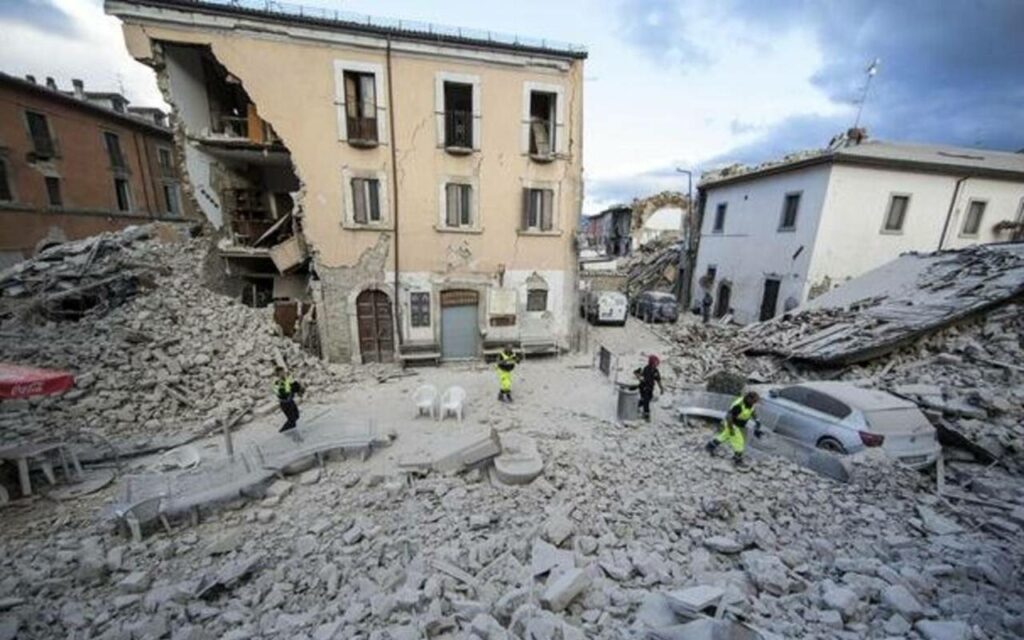
That famous night is still fresh in my mind. Despite the fact that I was not close to the epicenter, I felt the two shocks fairly close together. I resided roughly 85 kilometers from the first shock’s epicenter and 80 kilometers from the second. I got up from the couch, turned on the television, and listened to the news. The televisions had gone insane, the destruction in the impacted areas had been unprecedented, and the panic was palpable. There was no discussion of anything else. There was a lot of worry in our heads in central Italy. It may have happened again, but we hadn’t noticed anything.
It wasn’t over, in fact. There were no notable occurrences or huge shocks in the months that followed to bring back the legendary night of August 24 so vividly. At least until the 26th of October.
The October 26, 2016, earthquake
On October 26, 2016, a magnitude 5.9 earthquake ravaged dozens of towns and villages in the Marche’s Macerata Apennines, deepening the earthquake “crater” formed by the shocks of August 24 in Amatrice, Arquata del Tronto, and Accumoli. Among the wounded cities was Camerino, home of one of Italy’s oldest universities and where I spent years studying.
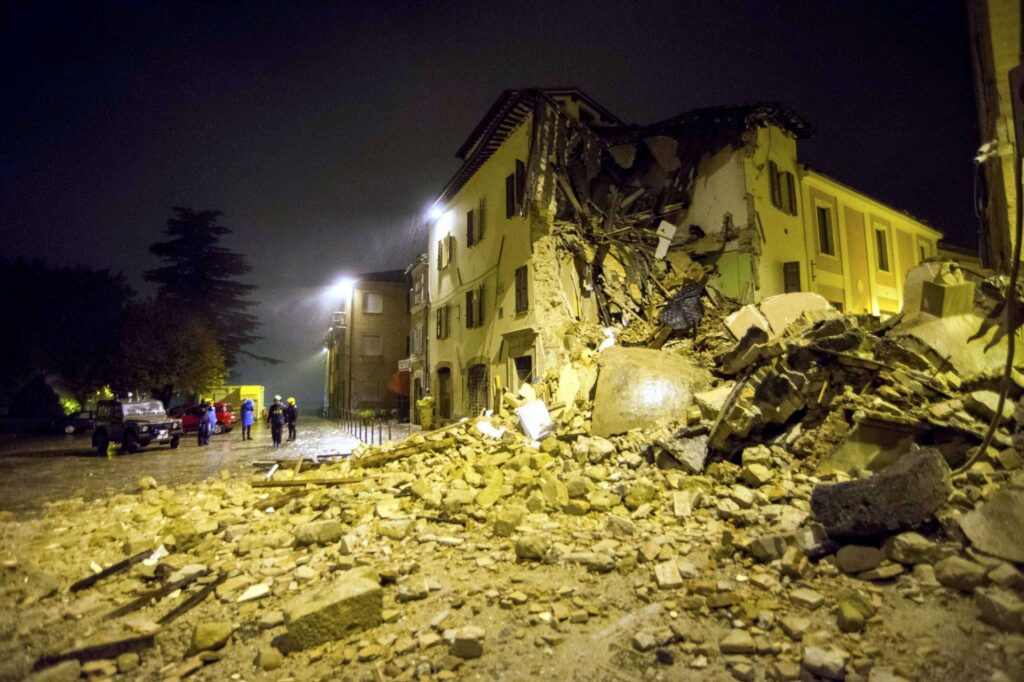
Many portions of the old center are still inaccessible and have been declared a “red zone” after many years. This was the high school I attended during those years, which is now fully condemned and partially destroyed.
The evening of October 26th was memorable. It poured excessively, and few people were outside at the time of the earthquake. At 7:11 p.m., the first roar was heard. The mind flashed back to the tragic events of the preceding two months, but this time it seemed different. There was no harm done.
The second shock in the Marche’s Appenines
At 9.18 p.m., the situation deteriorated dramatically. The earth shook once more, but this time with considerable force: magnitude 5.4, epicenter Castel Sant’Angelo sul Nera (Marche), 40 kilometers from Camerino and 55 kilometers from my house. My home was likewise declared unusable, despite the fact that I was not in the immediate vicinity. The situation was significantly worse in the epicenter areas, and rapid aid was critical. Dust Night was the term used in our neighborhood. Schools were stopped, but work was not necessarily halted; entire areas needed to be rebuilt, and a containment and restoration strategy was required as soon as feasible. You have to figure out how to do it.
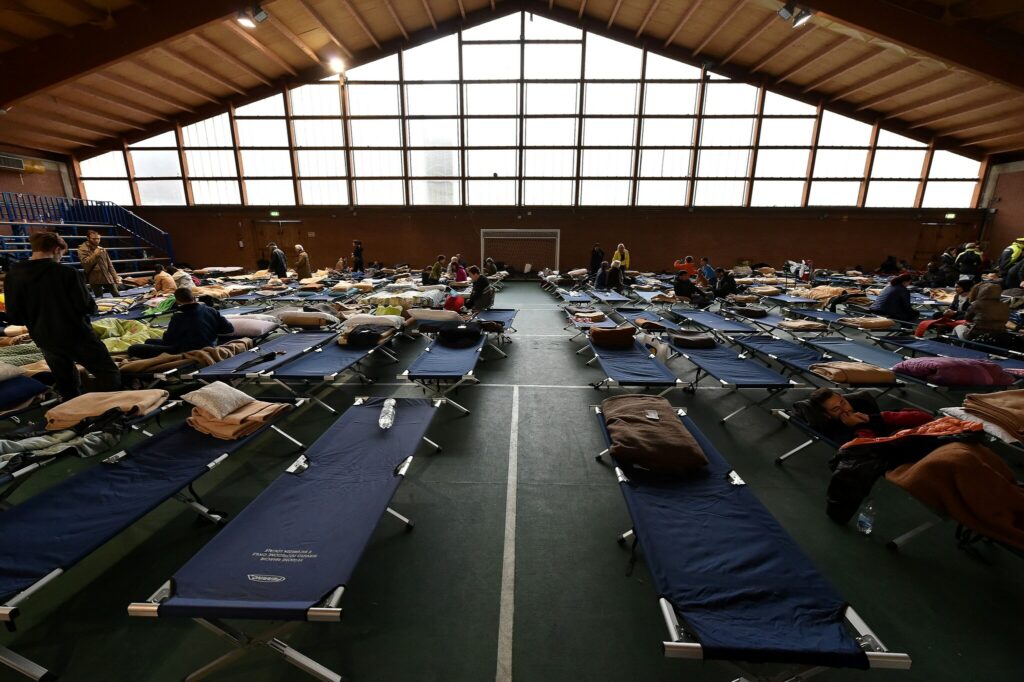
Thousands of people could become refugees at any time. Cots and blankets were distributed to the displaced, as well as safe places to house as many individuals as possible. Few, however, comprehend the sense of abandonment, the betrayal of politics, and the hollowness of the words of those who built careers on misery, parading on the debris between selfies, booming declarations, and empty promises.
Reconstruction of the damaged areas
The hopes were high, as were the actual needs of the displaced and victims of the central Italian earthquakes. In actuality, however, the practical assistance was insufficient for the intensity of the tragedy – especially for the Amatrice earthquake. Despite the fact that it has been seven years, numerous municipalities have yet to begin restoration.
For example, 92% of the rubble had not yet been removed 10 months after the first shock, and only 400 emergency housing solutions (SAE) had been given despite nearly 4,000 requests from families. By the end of 2018, just 1871 packages had been delivered.
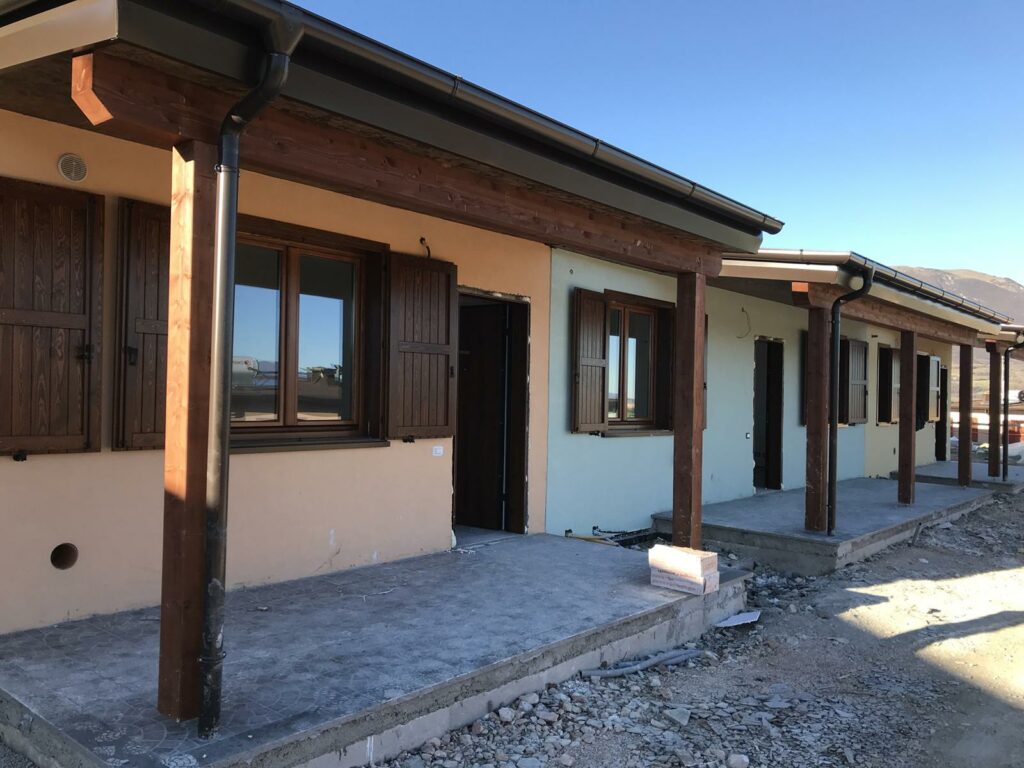
In recent months, there appears to have been a shift in both direction and common sense. 611 million euros were disbursed in the first six months of 2023, 22% more than the previous year, to continue rehabilitation efforts.
To date, the State has budgeted a total of 16.7 billion euros for the rehabilitation of the Central Italian areas damaged by the earthquakes of 2016–2017. The job continues despite the fact that excessive bureaucracy, according to the mayors of the impacted countries, has significantly hampered the commencement of the line of work.
